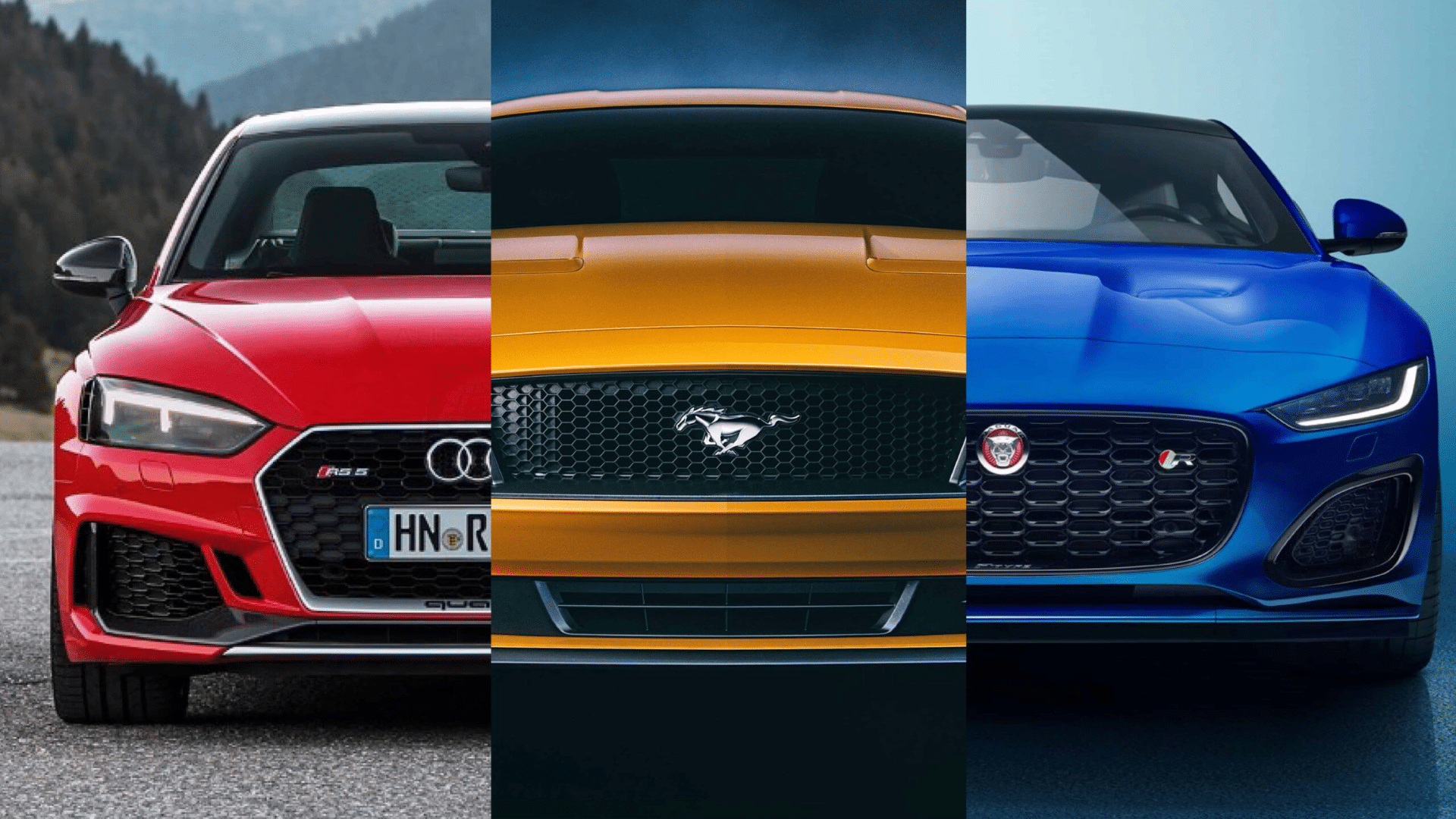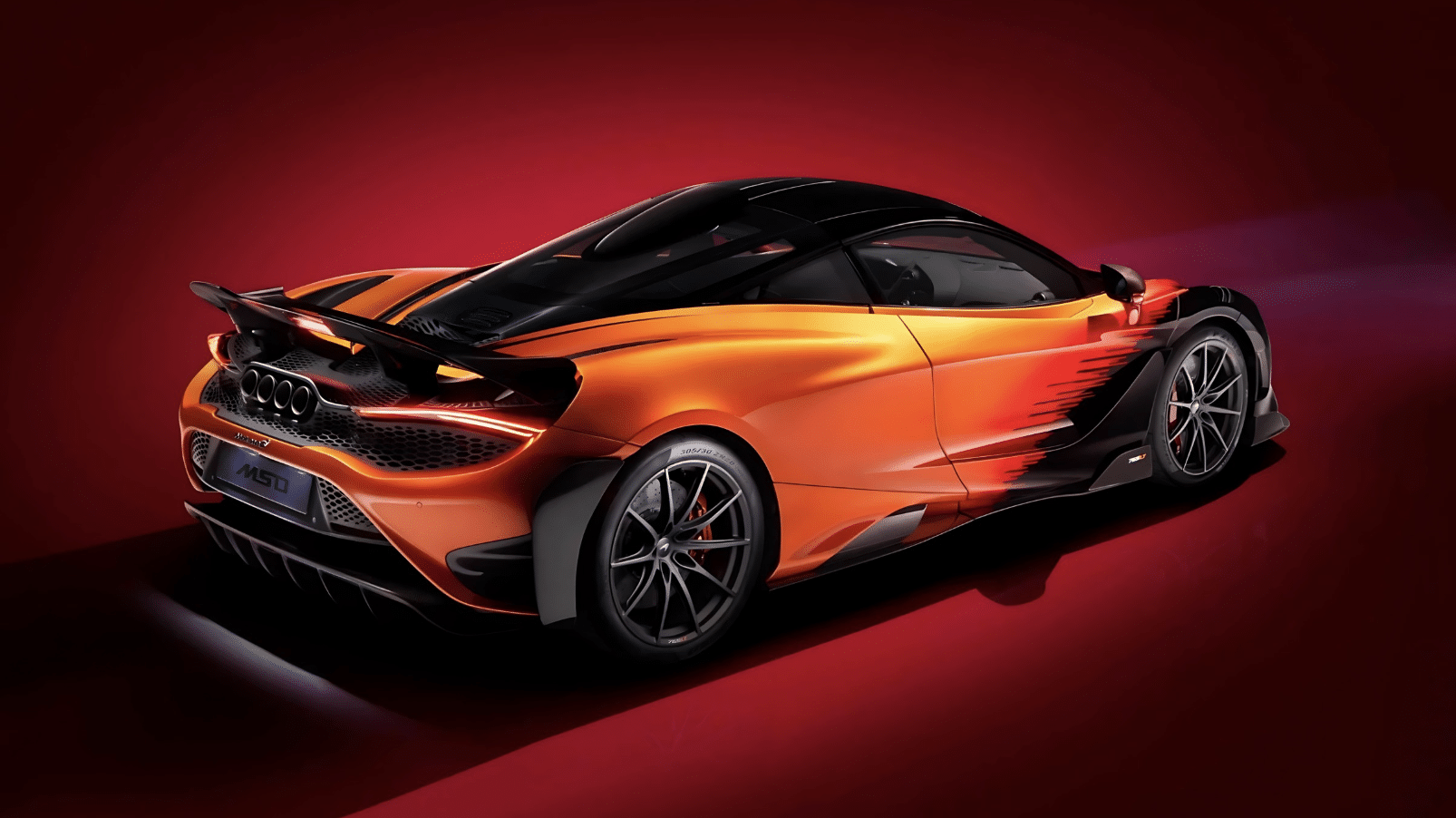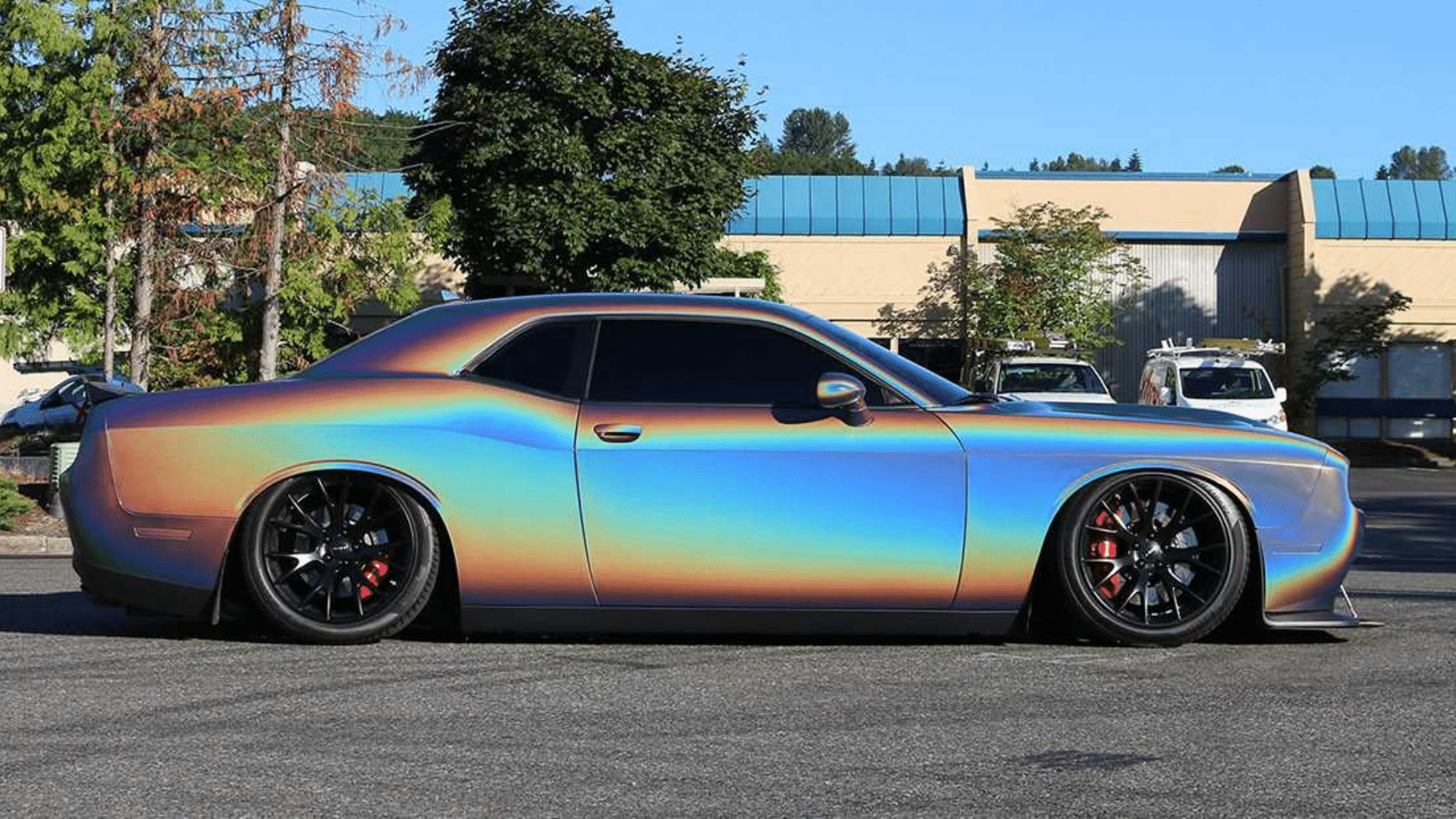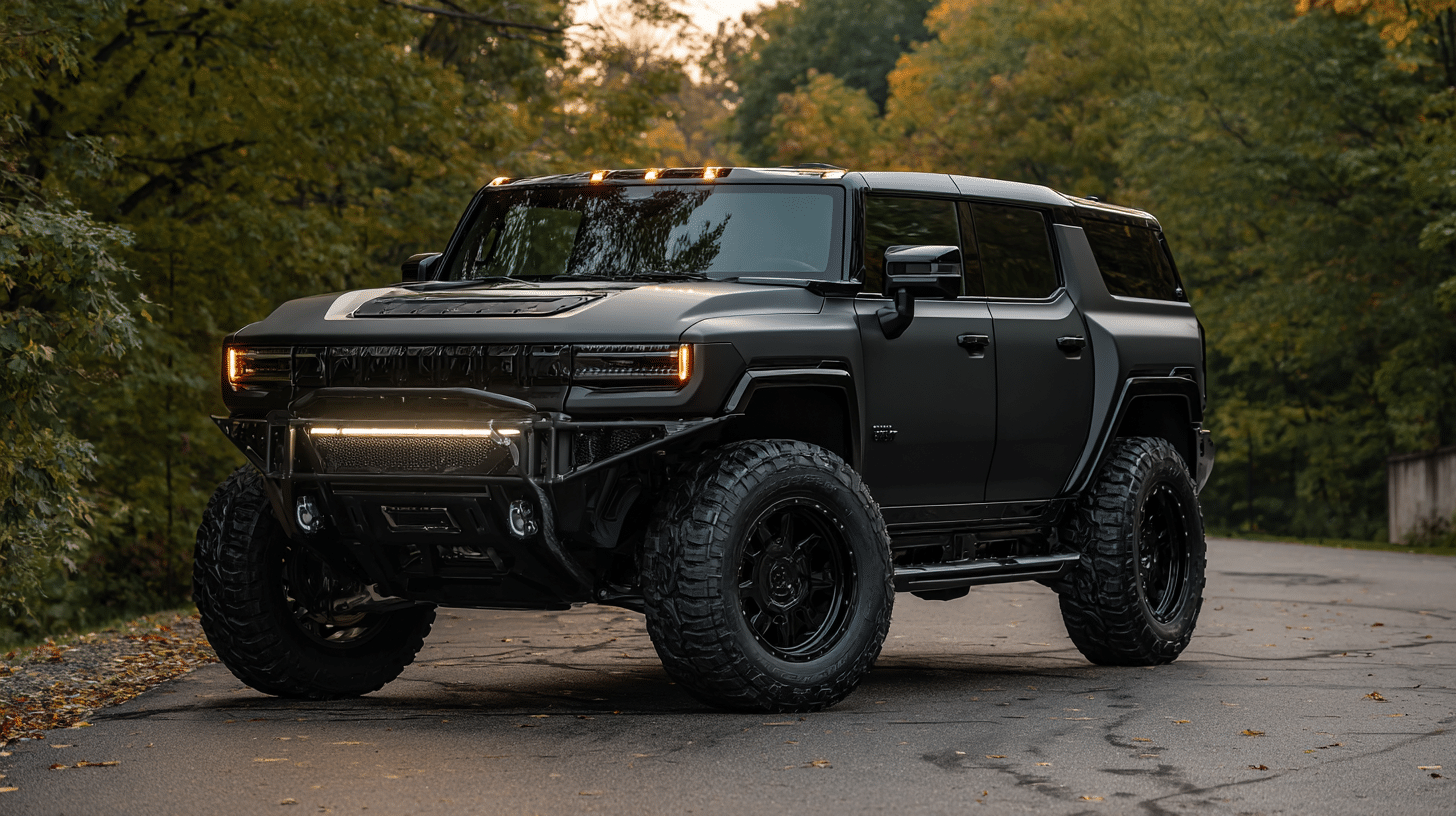When I first spotted the Opel Grandland, I didn’t think much of it. It seemed like just another SUV.
But then I had a chance to drive one for a weekend, and I quickly saw why it’s popular. It’s roomy, feels solid on the road, and has tech that makes daily life easier.
If you’re curious about the Opel Grandland, this article covers everything that you’re looking for.
Let’s look into its history, the recent upgrades, important partnerships, and how Opel is pushing toward a greener future. By the end, you’ll have all the details to decide if this car fits your needs.
What Is the Opel Grandland?
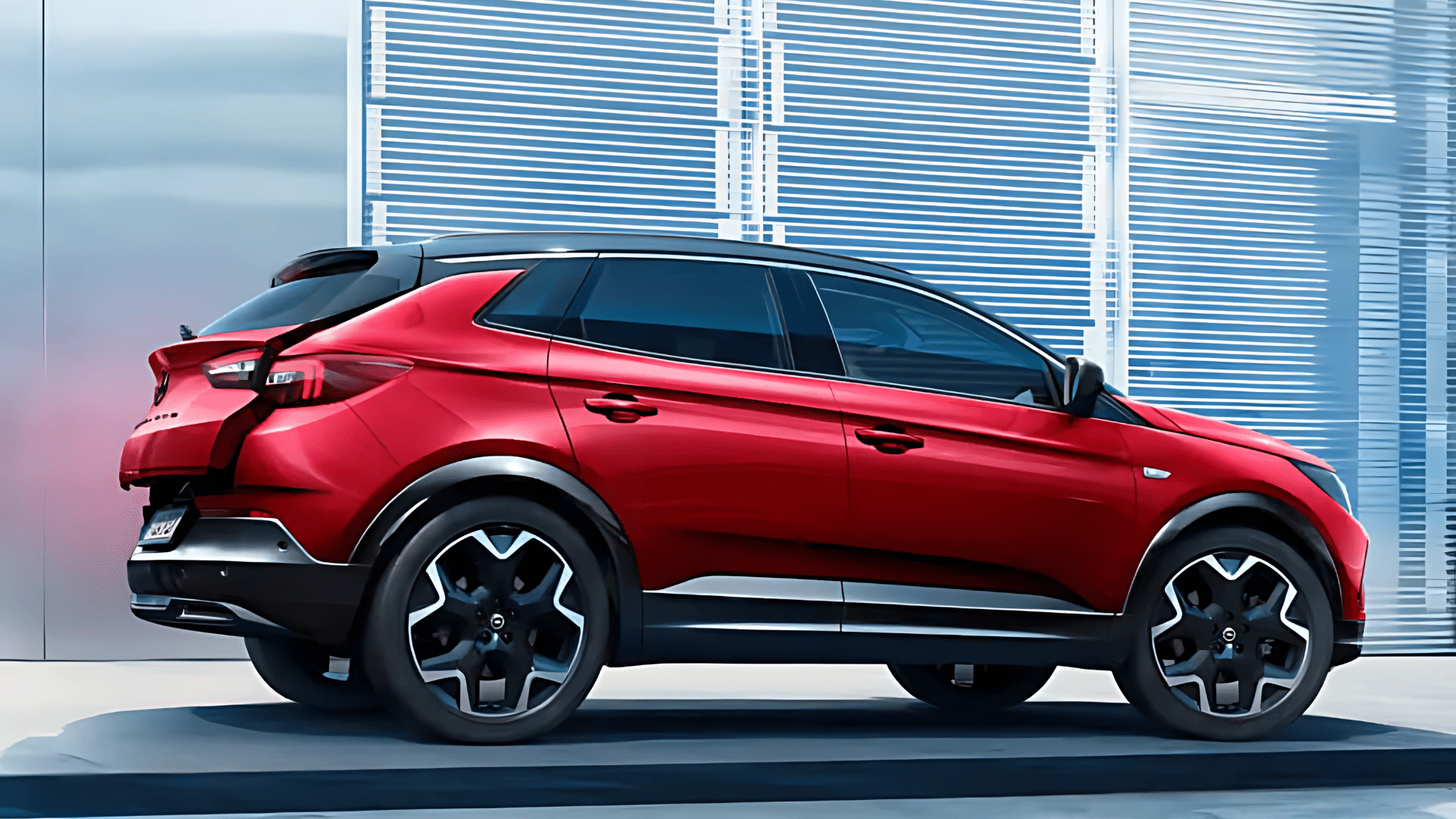
The Opel Grandland has been around since 2017, and it’s come a long way since then.
Originally built in partnership with PSA (now Stellantis), it shares a platform with cars like the Peugeot 3008. In 2023, Opel gave the Grandland a fresh look and added new options to keep up with changing times.
This is what the latest model offers:
- Powertrain options: You can choose from mild-hybrid, plug-in hybrid, or fully electric models.
- Updated design: The new “3D Vizor” grille and full-width rear lights give the Grandland a modern touch.
- Inside improvements: Bigger infotainment screens (up to 16 inches) and eco-friendly materials make it more comfortable and user-friendly.
Opel is also making strides in sustainability. They use green technologies like solar panels and heat pumps at the factory, and they’ve included recycled materials inside, like seat fabrics made from PET bottles.
With these changes, the Grandland is a solid option for those looking for an SUV that’s practical, tech-savvy, and kind to the environment.
It’s clear Opel’s making moves to stay ahead in the electric vehicle game.
Opel Grandland Timeline: Key Milestones
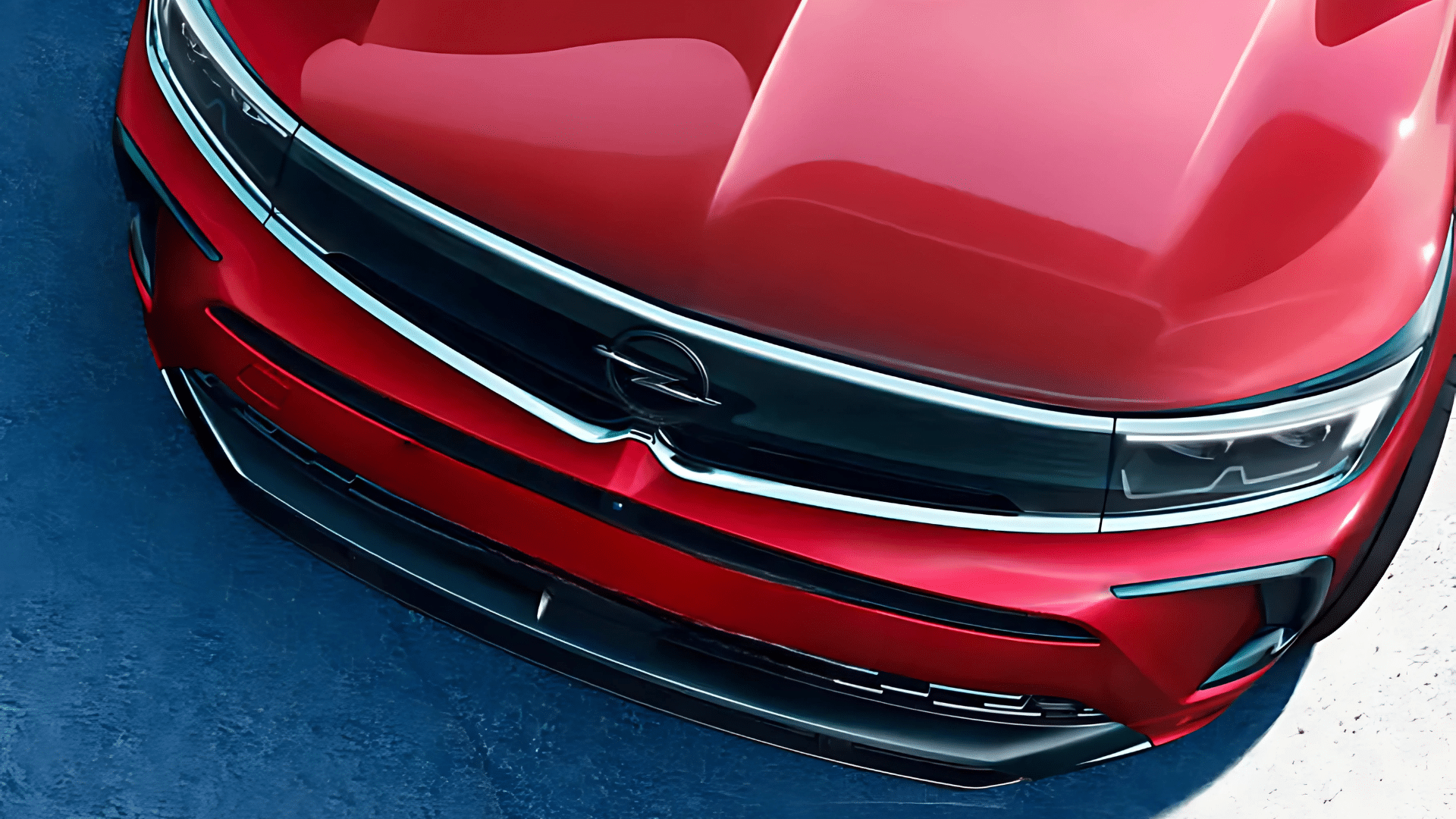
The Opel Grandland has evolved over time into a reliable and modern SUV. Let’s take a look at how it all began and how it developed into the vehicle we see today.
The Beginning (2012-2017)
Opel partnered with PSA, now Stellantis, to create the Grandland X, using the EMP2 platform. This platform was shared with models like the Peugeot 3008 and Citroën C5 Aircross.
The collaboration helped Opel reduce production costs while delivering a well-built and reliable SUV that could compete in a competitive market.
First Generation (2017)
The first Opel Grandland made its debut at the 2017 Frankfurt Motor Show, and it quickly gained traction with over 100,000 orders by late 2018.
Available in petrol, diesel, and hybrid engine options, it became a popular choice for a wide range of drivers seeking comfort, efficiency, and reliability in their SUV.
Second Generation (2023/2024)
In April 2024, Opel launched the second-generation Grandland, fully embracing electrification across all models. The Grandland now features electric powertrains alongside traditional options, marking Opel’s push toward greener, smarter vehicles.
The car grew bigger, wider, and taller, making it more comfortable for families.
What’s New in the Opel Grandland?

Opel gave the Grandland a fresh design with some clear updates.
| Feature Area | Update |
|---|---|
| Front Design | New 3D Vizor grille for a sleek, modern look |
| Illuminated Opel badge for better visibility and style at night | |
| Rear Design | Full-width LED rear lights improve visibility and road presence |
| Interior Materials | Use of eco-friendly and recycled fabrics for seats and panels |
| Combines sustainability with comfort and style | |
| Infotainment System | Upgraded screens up to 16 inches, improving navigation and media use |
| Storage Solutions | New Pixel Box compartments for organized storage of small items |
All these thoughtful changes make everyday driving simpler and more comfortable.
Opel Grandland 2023 Model: Key Features
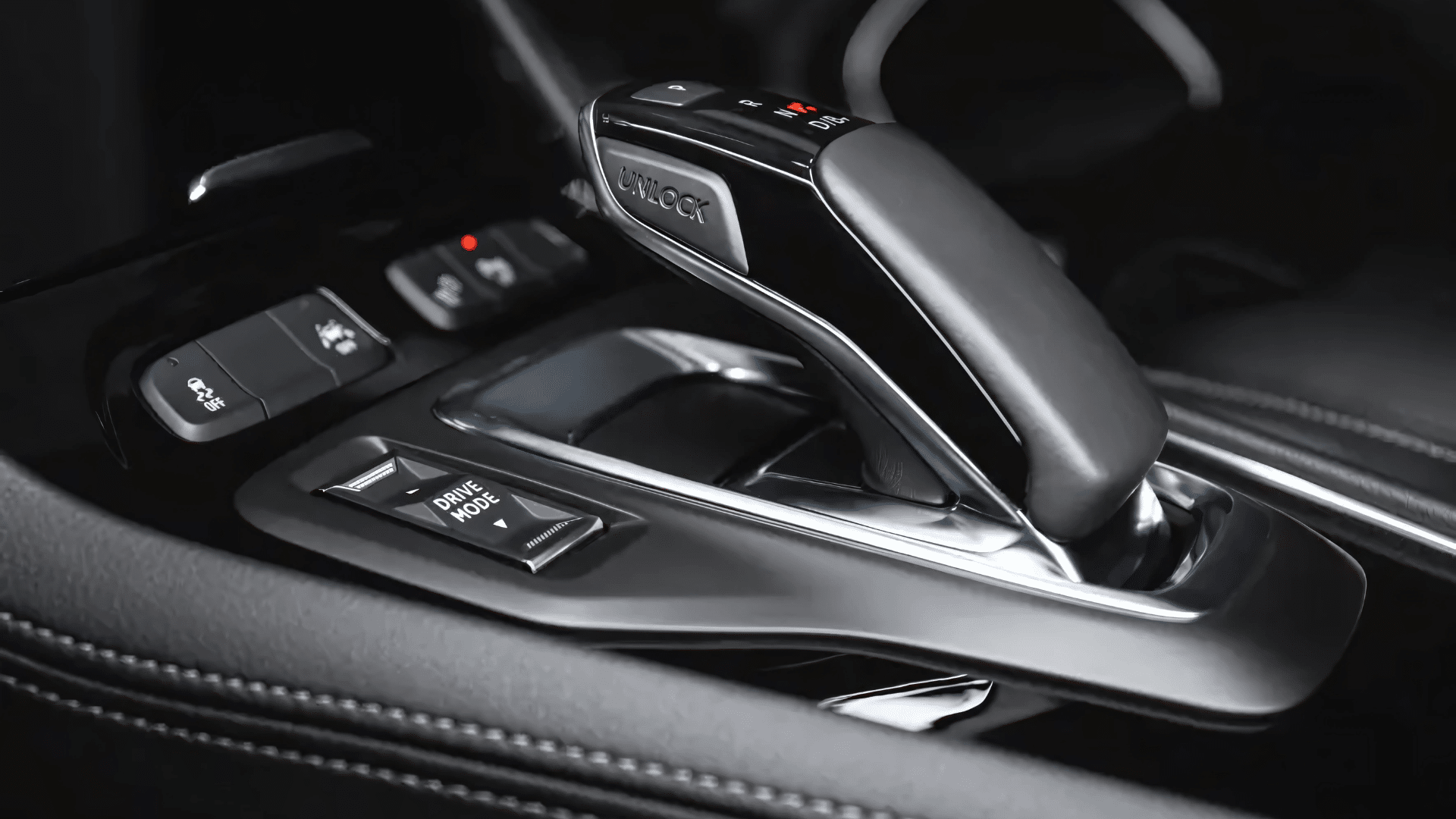
In 2023, Opel introduced several electrified powertrain options for the Grandland, catering to a range of driving needs and preferences.
With growing interest in more sustainable vehicles, the Grandland offers solutions that balance efficiency, power, and practicality.
1. Mild-Hybrid (48V)
The mild-hybrid system is designed to provide a small but noticeable electric boost to the engine.
It reduces fuel consumption and emissions, making it a great option for those who want a more eco-friendly driving experience without fully switching to electric.
The system also provides added strength when towing small trailers, making it ideal for everyday use and light hauling.
This option is a good middle ground for drivers who still want a petrol engine but with some electric support to save on fuel and lower emissions.
2. Plug-in Hybrid (PHEV)
The plug-in hybrid version of the Grandland offers the best of both worlds. You can drive it fully electric for short trips, making it a great choice for city driving, where you can take advantage of zero emissions.
Once the battery runs low, the petrol engine smoothly takes over, so you’re never left stranded without power.
This makes the PHEV perfect for those who do a lot of city driving but still need the flexibility to go longer distances without worrying about range.
It’s ideal if you’re looking for a vehicle that helps reduce your carbon footprint while still being practical for all types of journeys.
3. Full Electric Vehicle (EV)
For the first time, Opel launched a full-electric Grandland using the STLA Medium platform.
- 97 kWh battery
- Up to 700 km range on a full charge
- AWD model accelerates from 0-100 km/h in just 6.1 seconds
These options give drivers the flexibility to choose what fits their driving style and daily needs best.
How Opel Is Improving the Grandland
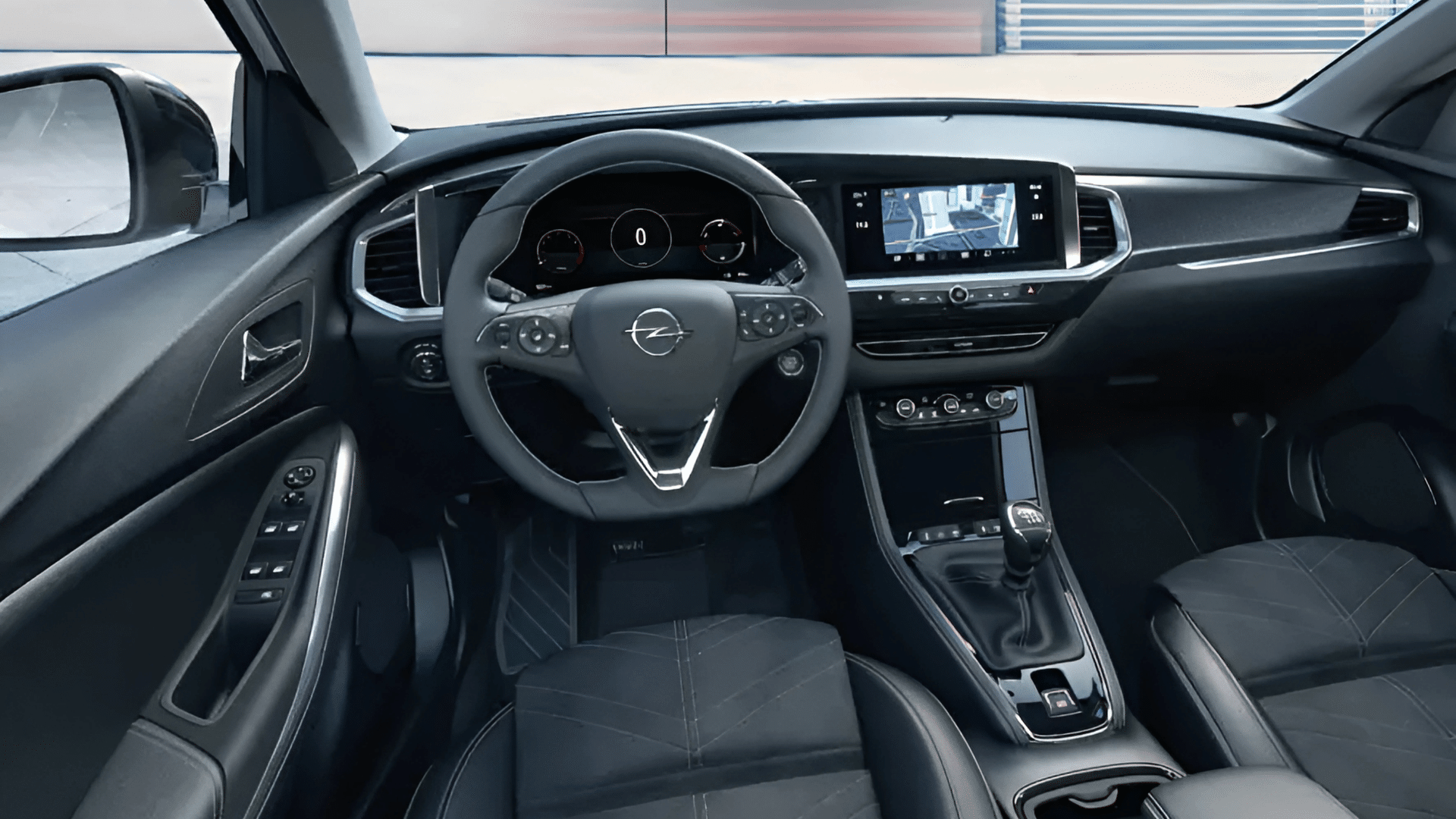
Opel didn’t build the Grandland alone. The company has teamed up with key partners to enhance both the technology and performance of the SUV.
- Focal Audio System: Opel partnered with high-end audio brand Focal to create a premium sound experience. The result? A 10-speaker system with a powerful amplifier that turns every drive into a concert-like experience.
- Stellantis Platform Sharing: The Grandland shares its platform with other Stellantis vehicles (like the Peugeot 3008). This helps lower production costs while maintaining quality and reliability.
- ACC Battery Supplier: Opel works with Automotive Cells Company (ACC), a French battery maker, to equip the Grandland with high-performance and durable batteries, especially important for its electric variants.
These collaborations allow Opel to offer advanced features without dramatically increasing the cost to customers
The company also uses green technologies like solar panels and heat pumps to cut energy use. Opel builds the Grandland in Eisenach, Germany, with design work handled in Rüsselsheim.
Inside, the Grandland features recycled materials, including PET bottle fabrics, and energy-efficient LED lights—all part of Opel’s push for cleaner, more sustainable manufacturing.
How Is the Opel Grandland being Received?
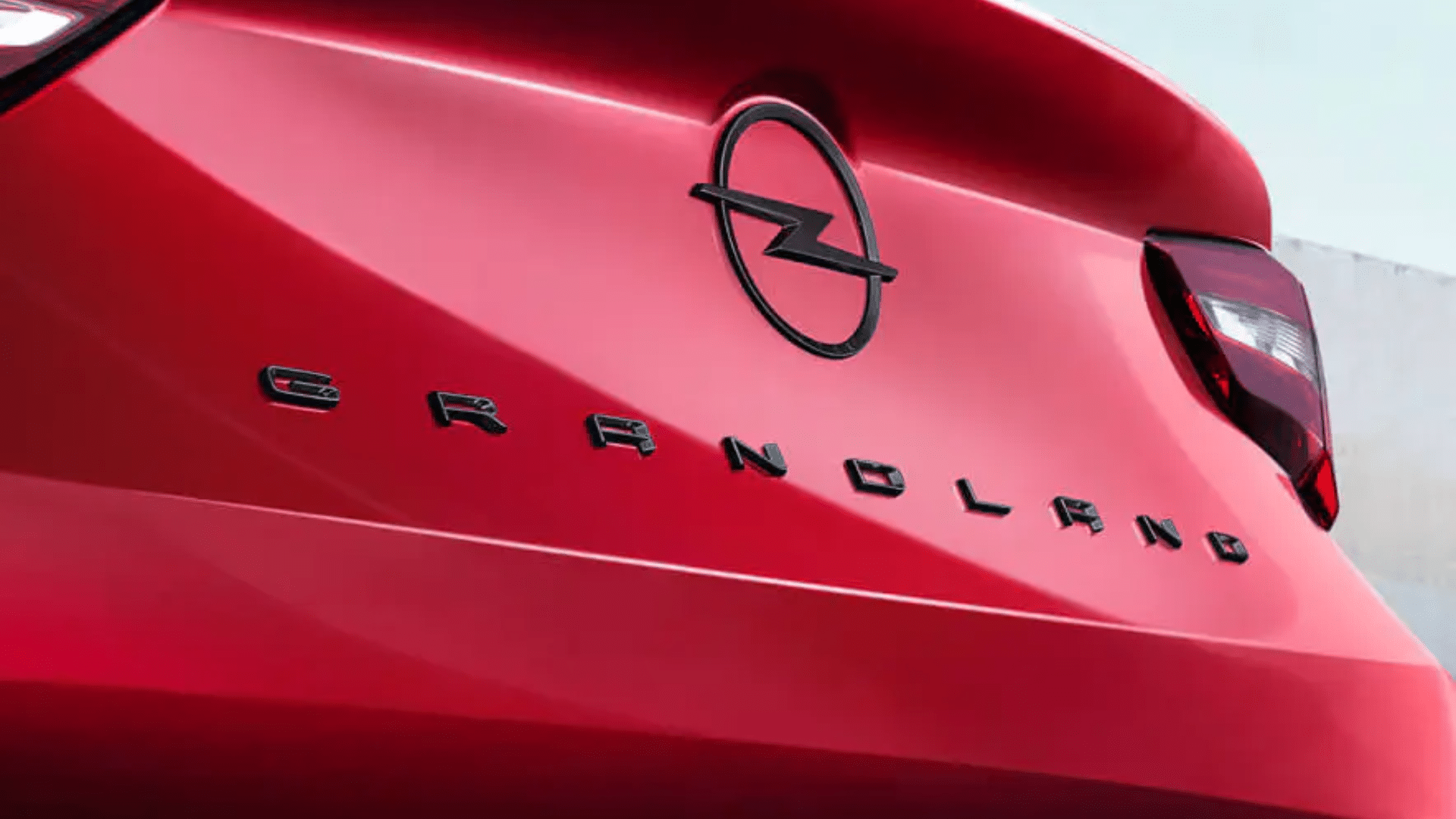
Opel’s efforts in electrification, even amid significant changes at Stellantis, have garnered attention in the automotive industry. This is how the Grandland is being recognized:
- Award: The Grandland won the Golden Steering Wheel Award for its electric versions and strong performance in the EV market.
- Recognition: The Grandland’s electric variants were praised for innovation and efficiency, making it a standout in the SUV segment.
- Plug-in Hybrid Performance: Achieved 1,115 km in real-world tests on a single tank and battery, showing excellent efficiency.
- Efficiency: Offers impressive long-distance performance, ideal for eco-conscious drivers.
- Opel’s Focus on Electrification: Despite changes at Stellantis, Opel’s commitment to electrification has put the Grandland at the forefront of the EV market.
- Impact on the Market: The Grandland has become a key player in the sustainable vehicle market, leading Opel’s shift toward electric and hybrid cars.
Opel Grandland: Ownership & Running Costs
When picking a Grandland, you’ll want to think about running costs. Take a look at this quick comparison:
|
Model |
Initial Cost |
Ongoing Costs |
Best For |
|
Full EV |
Higher upfront cost |
Lower long-term costs (cheaper charging, less maintenance) |
Those looking for long-term savings and sustainability |
|
Plug-in Hybrid |
Mid-range price |
Moderate maintenance costs, fuel-efficient |
City drivers who occasionally need a longer range |
|
Mild-Hybrid |
Lowest initial cost |
Low fuel costs, minimal maintenance |
Budget-conscious drivers who want some electric savings |
Knowing your driving habits helps you choose the right model for your needs and wallet.
What’s Next for the Opel Grandland?
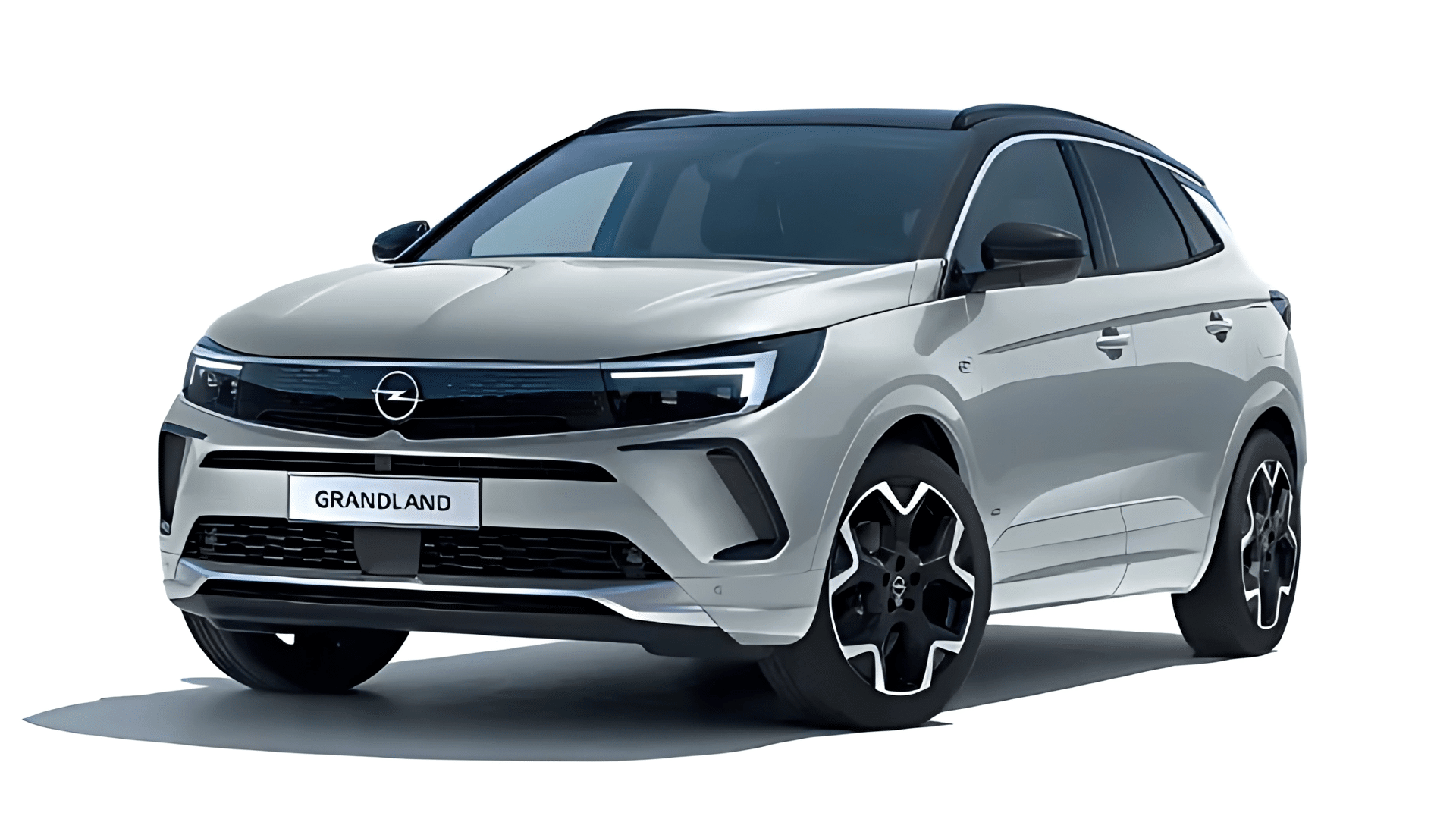
Opel has some exciting plans in store for the Grandland as it continues to evolve with the market.
With electric cars becoming more popular, we can expect Opel to introduce more fully electric and AWD models, offering drivers even more variety and versatility.
The brand is also focused on enhancing its technology, with improvements to the infotainment system and driver-assistance features, making the driving experience safer and more enjoyable.
On top of that, Opel is keeping an eye on future innovations like self-driving technology, which could be added to future Grandland models.
These updates will help ensure the Grandland stays competitive in the rapidly changing automotive market, providing drivers with the latest features and technologies.
As the automotive world evolves, the Grandland will continue to adapt, meeting the needs of modern drivers with the latest advancements.
Conclusion
We’ve walked through the Opel Grandland’s journey, from its early days to becoming one of Opel’s top electric SUVs.
You now know about its history, key partnerships, the latest tech, and Opel’s efforts toward sustainability.
If you’re looking at a recent model, you now have the details to decide if the Grandland is the right fit for you.
If running costs, electric range, or a practical design are important to you, the Grandland has options worth considering.
With different powertrains and a focus on innovation, it’s a solid choice for anyone looking for a reliable, eco-friendly SUV.
Now you can make an informed decision, knowing exactly what the Grandland offers and how it might fit into your lifestyle.



